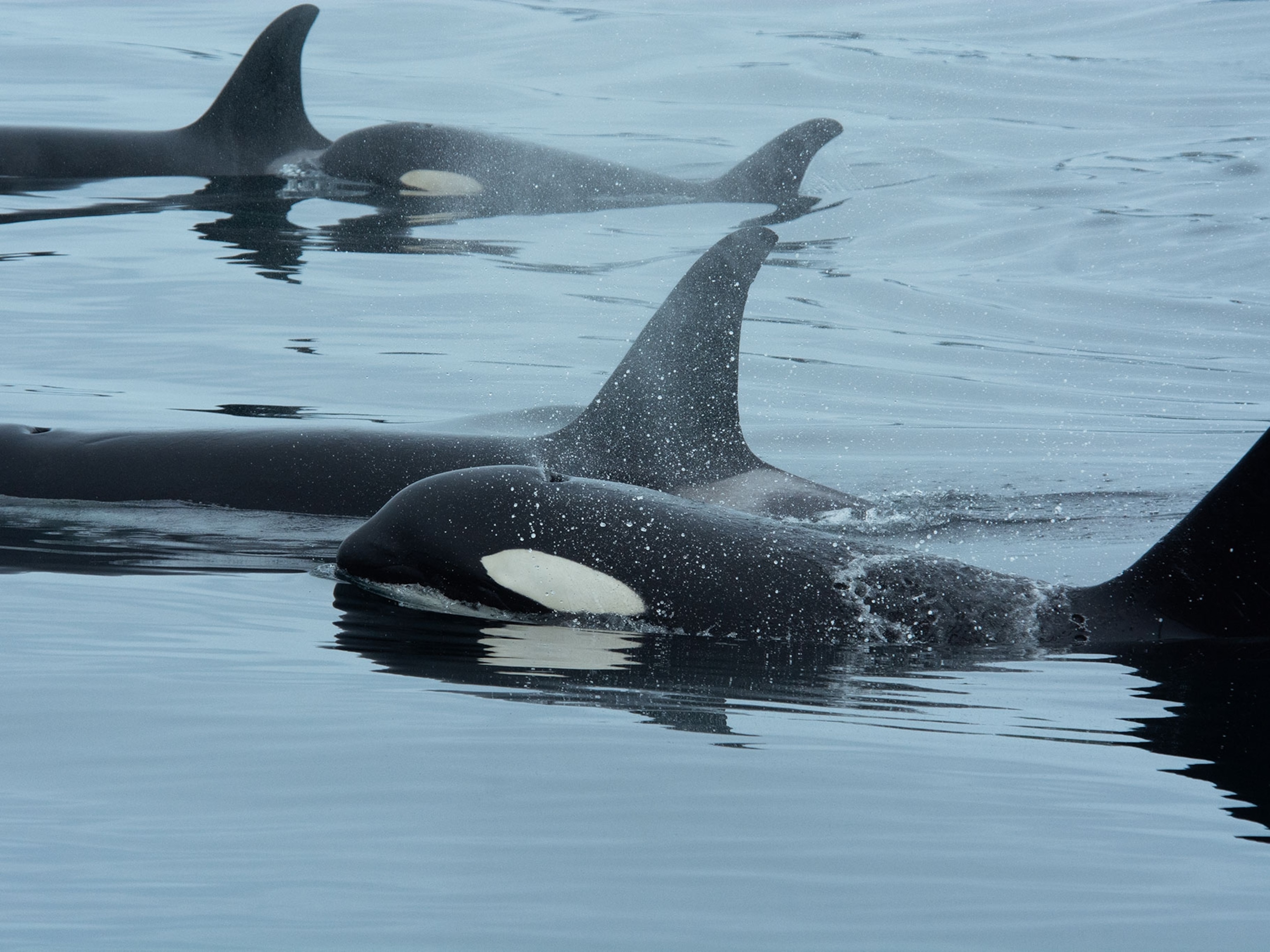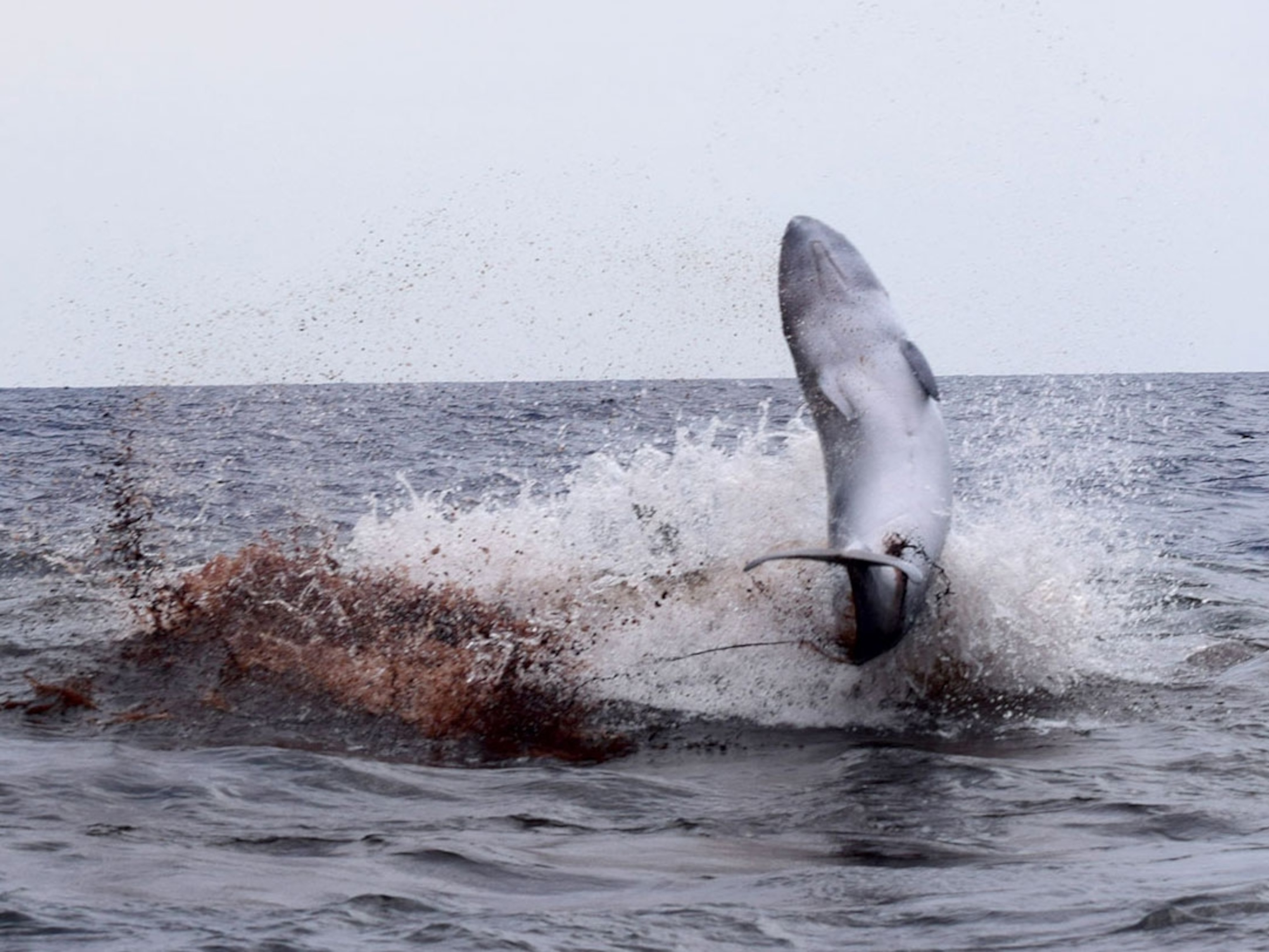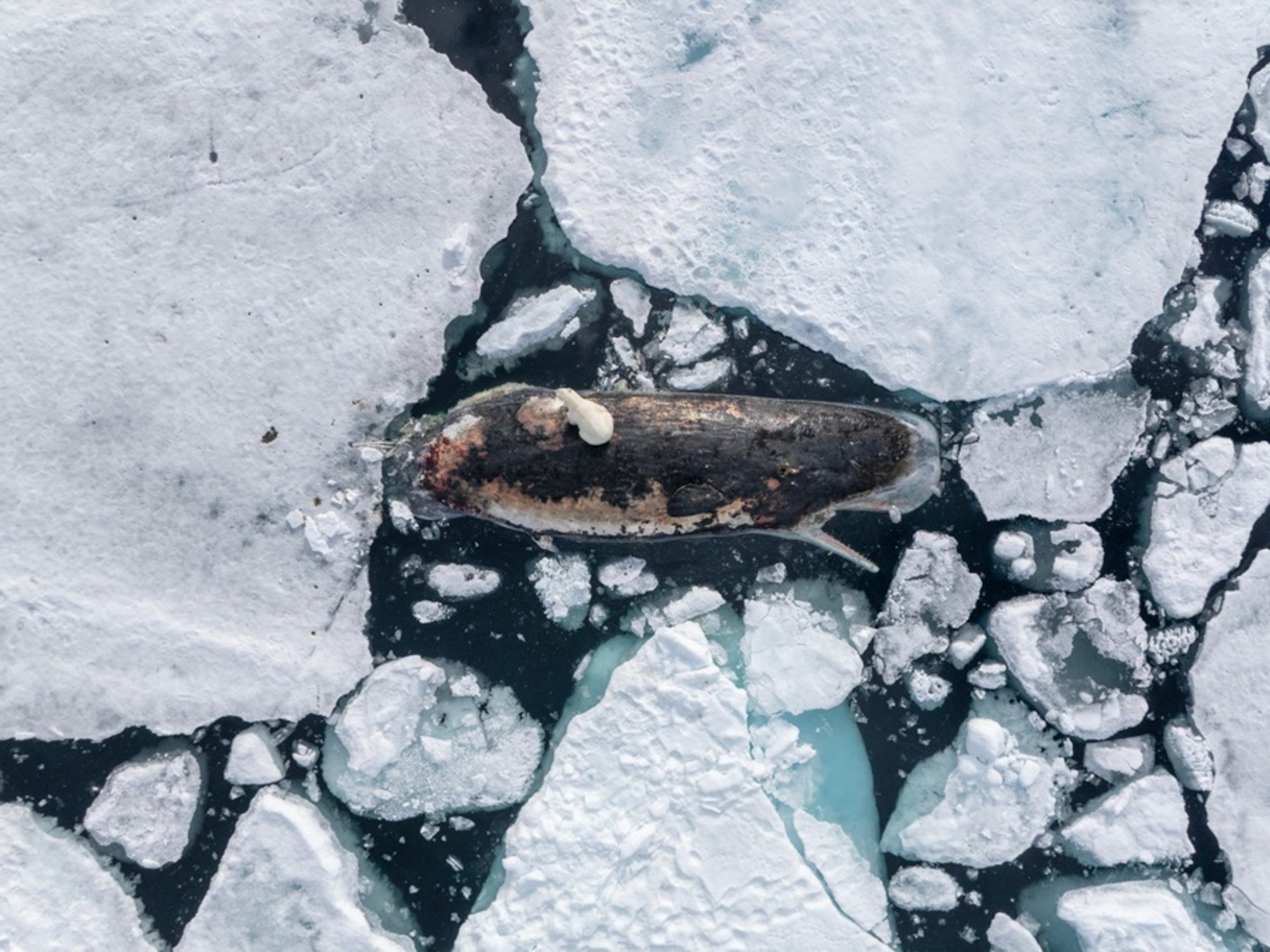Most large, captive-bred carnivores die if returned to their natural habitat, a new study has found.
The odds of animals such as tigers and wolves surviving freedom are only 33 percent, according to a team of researchers from the University of Exeter in the United Kingdom.
The study, which reviewed 45 carnivore reintroductions worldwide, questioned the role of zoos and captive-breeding programs in conservation efforts.
"Animals in captivity do not usually have the natural behaviors needed for success in the wild," said lead author and animal behavior researcher Kristen Jule.
"Their lack of hunting skills and lack of fear towards humans are major disadvantages," she said.
"We have suspected for some time that captive-born animals fared less well than wild animals. But here it is finally quantified, and the extent of the problem is critical," she said.
The study team looked at survival rates for 17 species of reintroduced mammals, including tigers, wolves, lynx, cheetahs, brown bears, and otters.
More than half of the fatalities were attributed to human causes, such as vehicle collisions and deliberate shootings.
Captive-born carnivores were also more likely to starve to death than their wild-bred counterparts, as well as become more susceptible to viruses and diseases, the study showed.
Especially Vulnerable
The African hunting dog, or the African wild dog, was among the reintroduced species found to be especially vulnerable to humans, Jule said.
"A lot of them are shot, poisoned, deliberately trapped, and killed," she said.
African hunting dogs released in southern and eastern Africa are also regularly attacked by lions, Jule noted.
"Captive-born animals have less natural fear of other large carnivores," she said.
Zoo-raised predators also underperform socially in the wild, the study said.
Male otters and North American swift foxes, for instance, were less likely to mate and breed, probably because they lacked the social mating behaviors to compete successfully with wild rivals, Jule said.
Introduced males were also less likely to establish and hold on to territories.
The study appeared in the latest issue of the journal Biological Conservation.
Improved Techniques
The study findings suggest conservation programs that use wild-caught mammals are more likely to succeed than those that rely on animals raised in captivity.
Yet captive carnivores still have an important conservation role to play, Jule said, "because increasingly there are not enough animals left in the wild that we can move."
Improved reintroduction techniques are needed to make captives a more viable option, she said.
The researchers argue for better prerelease training, which allows zoo-bred carnivores to improve their hunting skills and adjust to natural social groups.
Better selection criteria for choosing animals for release are also required, Jule said.
Research shows, for instance, that "animals that are more bold, particularly toward humans, are more likely to die," she said.
Similarly animals that are less hesitant about venturing beyond reintroduction areas are at increased risk, she added.
Improved survival rates are also important from an animal welfare standpoint, Jule said.
"Having animals starving to death is obviously not ideal," she said. "If we can train them for life in the wild a bit better, it not only improves their welfare but also a project's overall success."
Careful Design
Sarah Christie, carnivore conservation program manager for the Zoological Society of London, agrees that captive-bred carnivore release schemes need to be carefully designed.
Reintroduction strategies recommended in the new study may not have been implemented in the past, Christie said, "but people who are planning and thinking ahead already have these ideas in mind."
Christie is currently involved in the early stages of a long-term project to reintroduce critically endangered Amur leopards in Russia, using captive-bred animals from European zoos.
"There's only a tiny wild population, so it's one of those instances where you can't risk the existing wild population by taking animals from it," she said.
"We wouldn't dream of taking an animal that had grown up in a zoo surrounded by humans and then put it out in the wild," she added.
Instead, Christie said, she plans to introduce breeding Amur leopards to large enclosures that resemble their natural habitat.
"We'll let them breed there without any people going near, while providing them with live food," she said.






